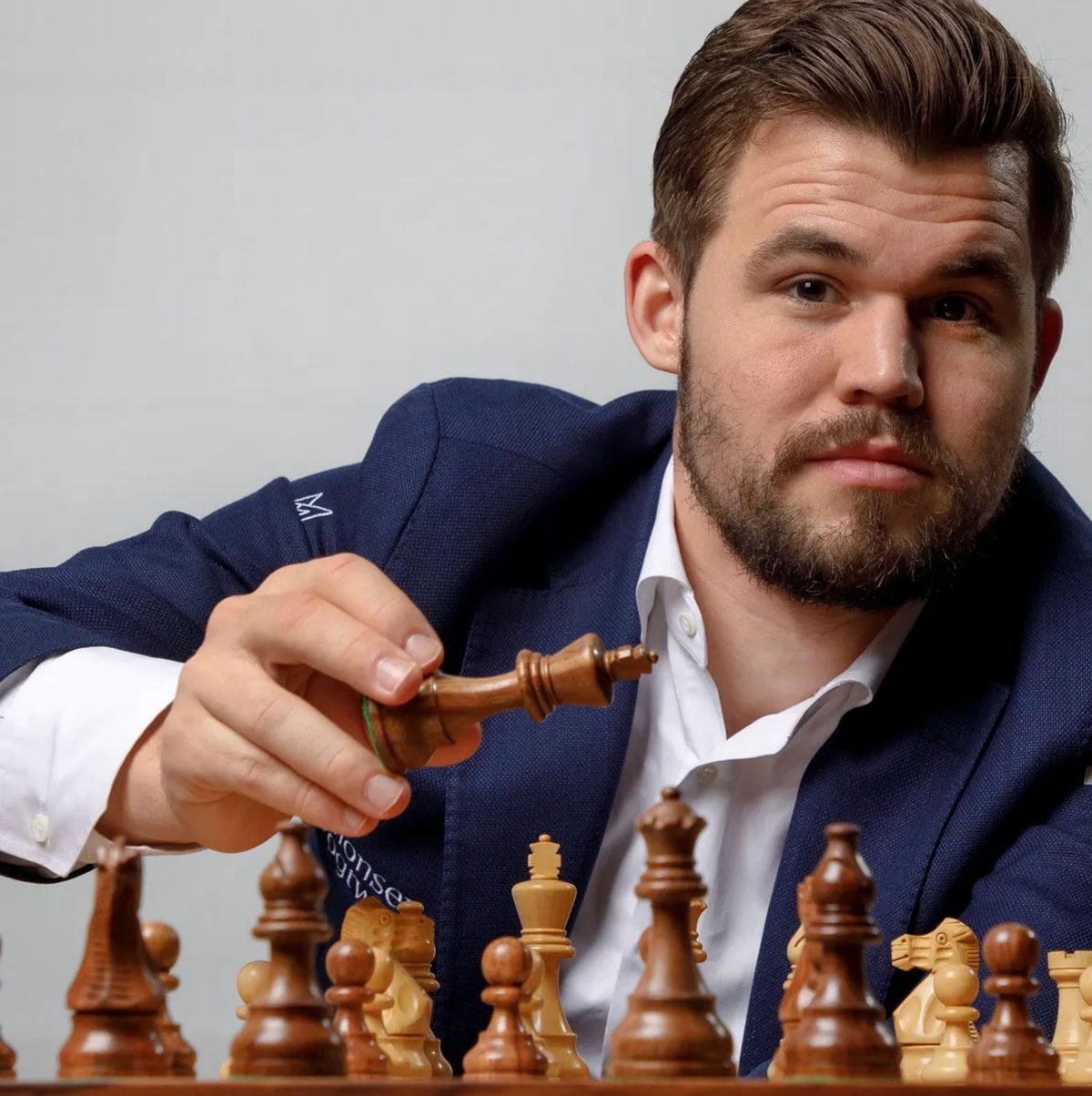GM Magnus Carlsen defeated GM Ian Nepomniachtchi in a record 136 moves in game six to score the first win of the 2021 FIDE World Chess Championship. The world champion’s victory came after five draws in the championship that has a €2 million prize fund. Game seven is scheduled for today at 16:30 Dubai time (13:30 CET, 4:30 a.m. Pacific).
Carlsen had to wait five years and nine days to win a classical world championship game. It took him two days to win this one.
For game six, the players spent a staggering seven hours and 47 minutes at the board and finished 17 minutes past midnight in Dubai. The game started yesterday and ended this morning—something that hadn’t happened since adjournments were abolished in the mid-1990s.
In terms of moves, the game broke the record of the longest game in world championship history. Before yesterday, it was the 124 moves played in the fifth match game of Korchnoi-Karpov, Baguio City 1978, but with 136 moves, we now have a new longest game.
In the previous six world championship matches that started with five draws, game six also ended in a draw, but Carlsen broke that spell today. He emerged as the winner of a historic fight with different phases and different faces.
The intrigue, once again, started at the very first move: Carlsen did not go 1.e4 as in the fourth game but returned to 1.d4 like in game two. He tried a different move order on move three though, one that had never been tested in world championship matches before.
Carlsen, who was playing his third white game and wearing a light suit (while he had been sporting a dark suit during his black games!) did similar things as in that second game: a Catalan setup followed by a prepared pawn-sacrifice with 9.Qc2 and 10.Nbd2!?—described as “a fantastically creative idea” by Grandmaster Fabiano Caruana.
It was the kind of daring opening play that GM Danill Dubov could have invented, and, having a history of helping Carlsen, maybe he did.
Nepomniachtchi needed some time on the clock to find his answer, spending almost seven minutes on 8…dxc4 and then 13 minutes on 10…Nc6. As those moves weren’t hard to predict, the experts were somewhat surprised that Carlsen spent 12.5 minutes on his 11th move.
“I couldn’t remember the lines properly there, so from there on I had to kind of invent things over the board,” he said afterward. “In any case, I think after that it was fairly balanced most of the time.”
What followed, however, impressed everyone. Nepomniachtchi’s 11…b5 was bold, concrete, and confident, a great shot with which he made clear that he wasn’t wishing to play the game on Carlsen’s terms. He knew what he was doing, and he just scored another opening success.
The next interesting moment came on move 17, where the challenger chose to play the position with the queens on the board. Since the endgame looked quite safe for him, it was another clear sight of confidence together with the move 18…Nd4, which was “in between ambition and safety” (Caruana).
Nepomniachtchi liked his bishop pair, and commented: “Basically, I thought that I should play for more than a draw after the opening.”
On move 25, with 22 vs 32 minutes on the clock, Carlsen was the one under slight pressure as he had to make the choice of whether to trade the queen for two rooks, or not. He did. (Chess.com)





